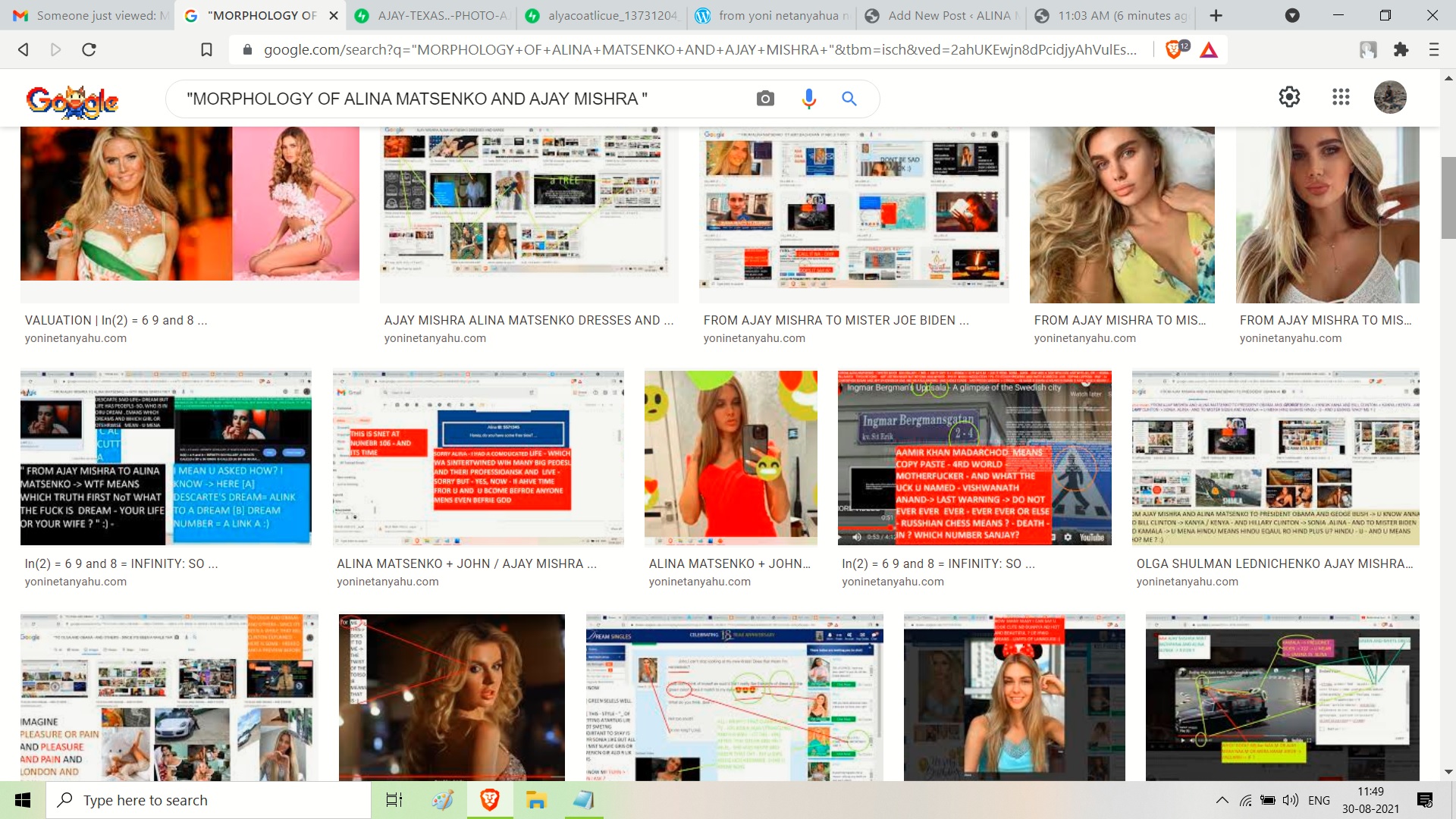
The larger lagoon, including Card Sound and Barnes Sound, has a surface area of about 703 square kilometres (271 sq mi). The lagoon, from Dumfoundling Bay to the Arsenicker Keys, has a surface area of about 572 square kilometres (221 sq mi). The lagoon is 8 miles (13 km) across at its widest point. The lagoon is about 35 miles (56 km) long from Dumfoundling Bay (25° 58′ North latitude) (north of North Miami Beach) to Card Sound, and another 25 miles (40 km) to Jewfish Creek (25° 24′ North latitude), if Card Sound and Barnes Sound are included in the lagoon. The lagoon is bordered on its west by the mainland of Florida, and is separated from the Atlantic Ocean to the east by a string of barrier islands in the northern part of the lagoon, a large shoal in the central section, and the northernmost of the Florida Keys in the south. Many discussions about the lagoon include Dumfoundling Bay, a small lagoon just north of North Miami Beach, as part of Biscayne Bay, and include Card Sound and Barnes Sound, in southern Miami-Dade County adjacent to Key Largo, as either part of a system of connected lagoons including Biscayne Bay, or as part of Biscayne Bay itself. Biscayne Bay, in the strictest sense, extends from a point between North Miami Beach and Sunny Isles Beach south to the Arsenicker Keys and the Cutter Bank just to the east of those islands. The British, during their occupation of Florida, called the lagoon "Cape River", "Dartmouth Sound", and "Sandwich gulph".īiscayne Bay is a semi- or subtropical lagoon extending most of the length of Miami-Dade County, from North Miami Beach to the upper Florida Keys. Those names are variant spellings of " Tequesta", the name of the people who lived around the lagoon at the time. Juan Ponce de León called it Chequescha in 1513, and Pedro Menéndez de Avilés called it Tequesta in 1565.


The lagoon has been known by several names. The lagoon was known as "Key Biscayne Bay" in the 19th century, finally shrinking to "Biscayne Bay" late in the 19th century.

Hernando de Escalante Fontaneda related in the 16th century that a sailor from the Bay of Biscay called the Viscayno or Biscayno had lived on the lower east coast of Florida for a while after being shipwrecked, and a 17th-century map shows a Cayo de Biscainhos, the probable origin of the name for Key Biscayne. Various definitions may include Dumfoundling Bay, Card Sound, and Barnes Sound in a larger "Biscayne Bay", which is 60 miles (97 km) long with a surface area of about 271 square miles (700 km 2). The part of the lagoon that is traditionally called "Biscayne Bay" is approximately 35 miles (56 km) long and up to 8 miles (13 km) wide, with a surface area of 221 square miles (570 km 2). The northern end of the lagoon is surrounded by the densely developed heart of the Miami metropolitan area while the southern end is largely undeveloped with a large portion of the lagoon included in Biscayne National Park.


 0 kommentar(er)
0 kommentar(er)
